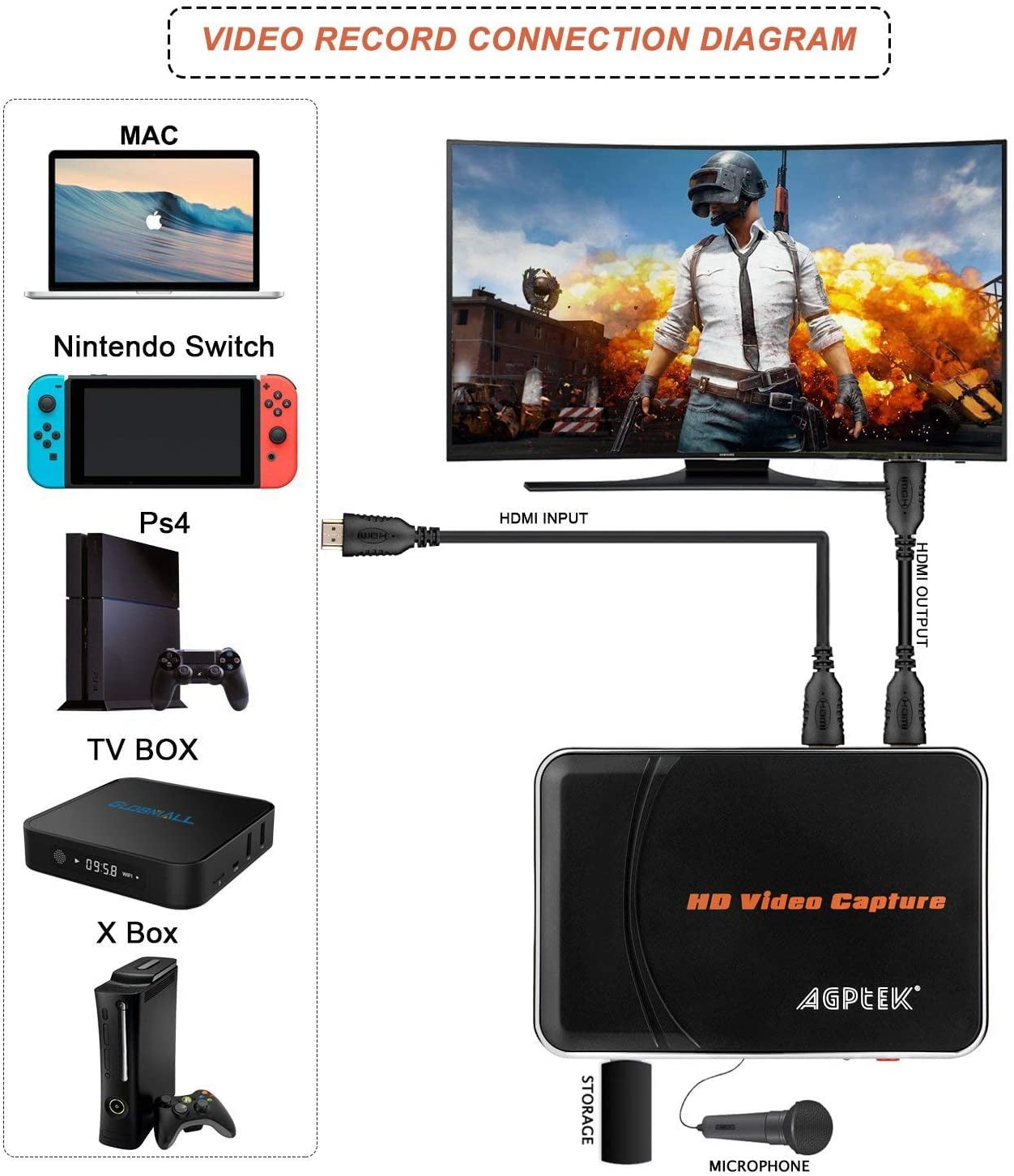

While it’s possible to use one or more web cams for tier 1 events – just like you would for a standard video call or meeting – many producers prefer to use a professional camera or input from a mixing desk.Ī live event can use any video source which appears as a Teams capable web cam in Windows, and any Windows sound source. Use studio-grade cameras with a hardware capture device or encoder This was how Microsoft Future Decoded Live was produced in 2018. It also means the events can be anonymous. This offers additional flexibility, as it means the producer can use a professional mixing desk for the main content feed, but still use Teams to add remote presenters joining from a standard web cam, for example. Events produced in Teams cannot use the RTMP ingestion method, so this needs to be achieved through an HDMI capture device. Events produced outside of Teams are brought into Teams using Microsoft Steam, which means the attendees must be authenticated and cannot be anonymous.įor more information on the capabilities of both event types, check out Schedule a Teams live event.Ī hybrid approach is to create an event produced in Teams and include the input from an external encoder as one of the video sources. The encoder sends the content directly to Teams via an RTMP ingest, a widely supported industry standard. It’s not possible to mix additional content sources with an external encoder event, but it does allow producers the ability to use all the mixing capabilities in their existing system.
SINGLE HDMI VIDEO CAPTURE DEVICE SOFTWARE
Live events produced using an external app or device take a single pre-mixed input from a hardware or software encoder.

Quick start events can allow attendees to be anonymous, or require them to be authenticated. From a producer’s perspective, live events produced in Teams look and operate in a similar way to a standard video meeting – except the producer chooses which video and content source is used as the live feed. You can use Teams to produce and mix content. Producing in Teams versus an external app or device Next, your content will go through a content delivery network (CDN), Azure in this case, which can integrate with third-party optimization to reduce bandwidth to large sites.įinally, your content will be watched by attendees on Teams. Then, your event will be streamed by Microsoft Stream, using Azure Media Services as the backbone. This is probably a combination of:ĭepending on what (if any) additional hardware you are using, Teams might be used to provide mixing and encoding capabilities or just control your broadcast which is produced using an external app or device. You start with content you want to share with your audience. Live streaming basicsīefore we dive into the recommended practices, let’s review the main components involved in live streaming, and how they relate to live events in Teams. A similar feature is coming soon.įor a detailed introduction to live events in Microsoft 365, read Live events across Microsoft 365 in Yammer, Microsoft Teams, and Microsoft Stream (preview). It’s not possible to add a poll or measure audience sentiment in live events yet. Set up and produce directly from the Teams app Running a live event in Teams is similar to Skype Meeting Broadcast, but with some new capabilities:īroadcast to Teams, Yammer, and Microsoft Stream If this is the case, it might be useful to consider what has changed with live events in Teams.

You may have run tier 1 events in the past with Skype Meeting Broadcast. Microsoft Teams is an effective tool for these events, when combined with appropriate planning, rehearsal, and possibly additional hardware or software. Tier 1 events, also known as high-profile events or town halls, typically broadcast content to a large audience, often with high production values such as multiple video and audio sources, and a dedicated event team.


 0 kommentar(er)
0 kommentar(er)
